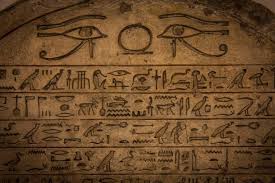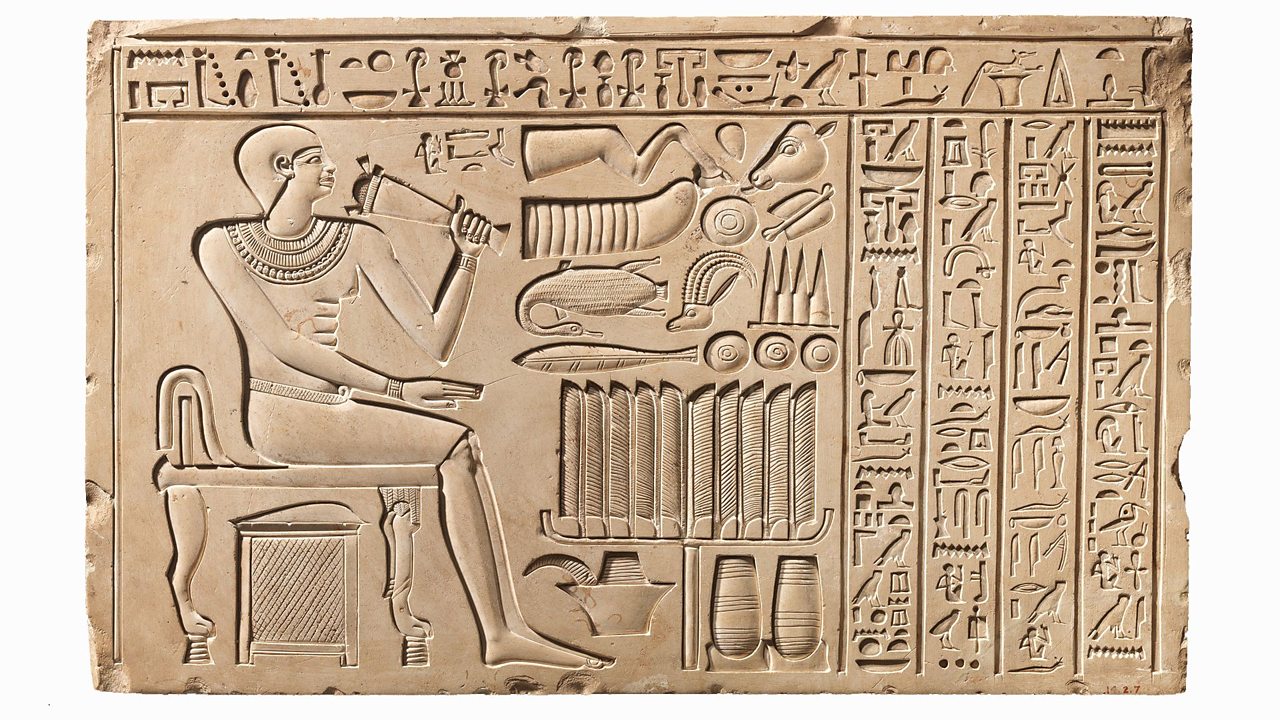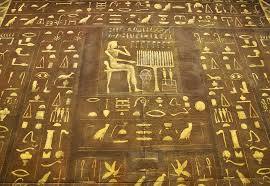CAIRO – 23 July 2020: Ancient Egyptian used Hieroglyphs as a style of formal writing on the walls of temples, tombs, statues, as well as stone and wood-colored panels. But the question is: Is it a language or a pattern of lines?
A lot of people actually think it is a language, which is a very common misconception, because it is a type of font, such as different styles of Arabic calligraphy.
Recently, Google launched the latest online tool that uses artificial intelligence to decipher ancient Egyptian hieroglyphs, and for this we review through the following report a definition of hieroglyphs.

Dr. Hussein Abdel-Basir, director of the Alexandria Archeology Museum at the Ministry of Antiquities, said that in 1822, the young French scientist Jean-François Champollion succeeded in deciphering the ancient Egyptian language.
According to Abdel-Basir, before that date, the Egyptian language was difficult to understand, and also the civilization of the ancient Egyptians was mysterious. Thanks to him and many other scholars, the ancient Egyptian language is now understood and not as mysterious anymore.
The ancient Egyptian language is derived from the African (Hamitic) and Asian (Sami like Arabic) languages. The ancient Egyptians created the ancient Egyptian language about 3000 years before the birth of Jesus Christ. It continued to be used until around the 10th century AD.
Perhaps this makes it the oldest language that has lived in the world.
Perhaps the most prominent font of the ancient Egyptian language is the "hieroglyphic script" or "hieroglyphic writing," meaning "sacred inscription" in the language of the people of ancient Greece.
Most of the inscriptions and writings that came from the Pharaonic civilization of Egypt were written in hieroglyphic script, the writing system of ancient Egyptian literature. The ancient Egyptian language is a dead language now, and we are studying this language in order to read and understand the texts of the ancient Egyptians.

The ancient Egyptian language went through different stages, and scholars usually divide it into five basic stages:
·Ancient Egyptian: It is the oldest known stage of the language and dates back to about 2600 to 2100 BC.
·Intermediate Egyptian: It is sometimes called the classic Egyptian. It appeared around 2100 to 1600 BC, but it continued as a language throughout the ancient Egyptian history.
·Late Egyptian: This language took the status of the Intermediate Egyptian after 1600 BC. It differs from the previous stages, especially in the rules.
·Demotic: This language is the evolution from the Late Egyptian and appeared for the first time around 650 BC and continued into the fifth century AD.
·Coptic: It is the late stage of the ancient Egyptian language and is associated with demotic. It appeared at the end of the first century AD and was used for a thousand years. The earliest Coptic texts written by the Egyptians go back to the eleventh century AD.

“The beautiful thing about the ancient Egyptian language was that it was a language with multiple dialects, and this means that the Egyptian language had local dialects in pronunciation and writing, the thing that appeared in the Coptic phase. This is also evident from the different colloquial dialects of Egypt in the Delta, Upper and Desert. In the Coptic phase, several dialects were known, such as Al-Saidi, Al-Behairi, Fayoumi, and Al-Akhimi,” Said Abdel-Basir.
Abdel-Basir explained that the hieroglyphic writing consists of about 500 well-known symbols. The term "hieroglyph" comes from two Greek words meaning "sacred inscriptions". This Egyptian writing system was named the "Holy Text" by the ancient Egyptians
Furthermore, Abdel-Basir indicated that the ancient Egyptian writing did not only consist of pictorial marks, but also included what is known as "phonetic signs", that is, sounds that give an alphabet in our current Arabic language. In this case, the mark used in this way is known as "phonogram", meaning phonetic writing.
Comments
Leave a Comment